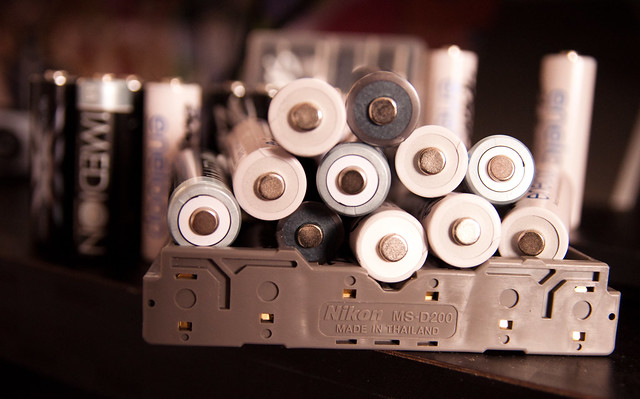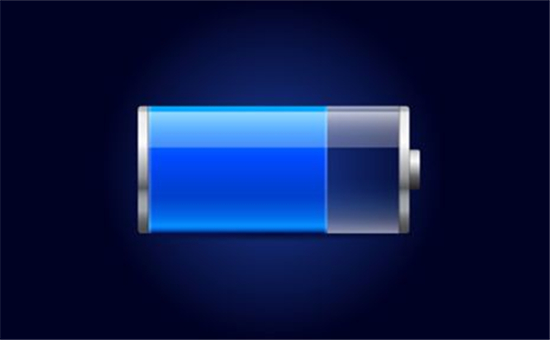You should know more about lithium thionyl chloride batteries
Jul 24, 2019 Pageview:1694
The battery technology has evolved over the years to produce quite amazing power sources. One of the most advanced batteries involves the use of lithium. They are among the most powerful and expensive batteries in the world.
Lithium batteries are just an umbrella that covers a broad field of battery types. There are numerous other types of non-rechargeable lithium batteries that fall under this umbrella. All are commercially available and provide distinct differences in terms of performance characteristics. Voltage, discharges current, service life, and temperature are the most critical considerations that separate these battery types.
And that is where lithium thionyl chloride batteries come in. They are one type of lithium batteries designed to withstand high levels of power output. You will find them mostly in highly sophisticated machinery like those used for marine applications.
What is lithium thionyl chloride battery·
The first step in understanding lithium thionyl batteries is to start from the most common battery chemistries. The first and most applicable chemistry is the poly carbon monofluoride (LiCFX) chemistry. Then there is the manganese dioxide (LiMN02) chemistry. Both of these technologies are found in most consumer applications.
Very highly advanced battery chemistry is the sulfur dioxide (LiSO2). It is not one type you will find anywhere easily because it is used in high power military radios. Such equipment requires power that can last for a long time while being in use at all times.
Now back to the lithium chloride. Abbreviated as LiSOC12, this is chemistry mostly used for industrial, remote and medical applications. They can hold more power that can handle such equipment ensure nothing goes off during important operations.
There are two main ways of manufacturing LiSOCI2, which makes them even more distinct. They can either be made with spirally wound or bobbin-type construction.
One of the main characteristics of LISOCI2 batteries is that they are designed for very low temperatures. They are made with a liquid cathode making them perfect for low-temperature performance.
Other battery technologies use liquids that produce gas products. This technology, on the other hand, comes with very low emissions. Even when used under strenuous and abusive conditions, they can still work perfectly without any risks of explosions or damage.
However, you should not be comfortable using them in bad conditions. The electrolyte is highly toxic and reacts with water. You want to avoid such situations that may create hazards.
They come with a specific energy. The batteries are quite low in weight as well. And make sure they last as much as possible; they make sacrifices for high internal resistance. This gives them a low-rate-only discharge. In this case, they have a limited short-circuit current.
Another thing you should be aware of is that these batteries a delay in producing good terminal batteries. This because of the long term-storage they are exposed to. But they are the most lasting batteries in terms of shelf-life.
You can find low-current versions of the technology in battery backup for memories and remote applications. And there are high-current versions that produce the power needed for some military and automobile equipment.
The batteries are not very widespread. There are so many concerns about safety risks such as explosions. They also come with specific Class 9 Hazmat shipping classifications. Apart from that, the batteries are quite costly – these factors prevent them from being widespread.
Specific characteristics:
· Chemistry: 4Li + 2SOCI2 – 4LiCl +S + SO2
· They have specific energy approx 500 Wh/kg
· With an energy density of 1200 Wh/L
· 18W/kg specific power.
· Energy/consumer-price at 5.1Wh/dollar
· Comes with a self-discharge rate of 0.08%/month
· Primary cycle durability
· Can handle temperature as low as -55 and high as +85 degrees C. There are specific types that can handle over 130 degrees C.
What is the difference between lithium thionyl chloride batteries and lithium-ion batteries·
Here are some notable differences between these two types of batteries:
· Chemistry. As stated above, LTC batteries contain a liquid cathode. This makes it able to withstand more extreme temperatures compared to Li-Ion batteries.
· Voltage. When discharged, both batteries maintain a 3.4 minimum voltage. However, Li-ion batteries start higher than LTC cells. This means they can deliver more watt-hours, but you will need a regulator to take advantage of the extra volt.
· Capacity. For the same size of batteries, the LTC cells have a higher capacity. This means someone looking for higher output should probably consider them. But you need to be careful how much power your device draws. If for instance, your GPS tracker draws more than 10 mA, its voltage may drop to -3.4V.
· Shell life. One of the major advantages of LTC batteries is that they have a long shelf life. Whereas Li-Ion batteries can last for 3 years, you can be sure to get strong LTC batteries for up to 10 years of shelf life.
· Performance. LTC batteries are much stronger. This is why they can be used in different military equipment. They can be used for a long time without the need for replacement. Li-Ion batteries, on the other hand, are not as strong, but they are rechargeable, which is a major advantage.
· Cost. LTC batteries are much expensive. And this is one of the reasons they are not very common. And the fact that you may have to replace them several times over their life cycle makes it even more costly.
Lithium thionyl chloride battery applications
The best and most used construction of LTC batteries is the bobbin type. It is the ideal asset for use in the RFID asset tracking tags in medical applications. These tags are used in monitoring the location and status of medical equipment. Many hospitals, nursing homes, and medical research facilities use them. They can withstand high temperatures during sterilization. They can also operate well in cold medical chains provided they are well modified.
They have a high capacity, high energy, and long shelf life, making them great for automatic external defibrillators. Also, much marine equipment uses the batteries.
- Prev Article: You should know more about Lithium Ion battery cycle life
- Next Article: Discussion on lithium titanate battery
Leave Message
Hottest Categories
-
Hottest Industry News
-
Latest Industry News











